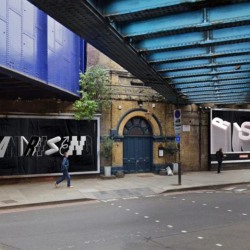If you have ever wondered how big the problem of fake online review is, Trustpilot has come up with an answer.
For the first time it has published a transparency report that reveals it took down 2.2m reviews in 2020. That equates to roughly 5% of all reviews left on the site during the year. The majority of suspect comments, 1.5m, were detected by its automated software which it claims can scan 100,000 comments every day to reveal harmful or fake reviews. The remainder were detected manually.
The company attributes much of its ability to spot scammers automatically to investment in its research and development hub in Edinburgh. Its software looks for known suspicious activity, possibly linked to previous fake reviews, including device type and geography. The system also scans text to see if there are any obvious signs of fakery.
When the software detects what it believes is a suspect comment, it is immediately deleted. Some users are given the chance to look again at their wording to see if they have made a mistake that needs correcting before the comment can be allowed to go live.
Trustpilot’s user army
Trustpilot has recently had a reputation for being vigilant about the quality and veracity of reviews on its site, however it wasn’t always so. The BBC reports that in the past unscrupulous users have managed to game the system somewhat by paying for positive and/or negative reviews depending on what the fraudster thinks will drive most customers their way and away from competitors.
The report also points out that many fake reviews are flagged up by whistle-blowers among its community of users and the businesses featuring on its site. Just over 88,000 comments were flagged manually by users, of which nearly 11,000 were taken down.
Perhaps unsurprisingly, half of the comments flagged up by consumers were offering five-star reviews for a business. A quarter flagged up one-star reviews.
This polarisation reveals the typical make-up of a fake review. At one end of the scale, a business will write glowing testimonials about itself or hire others to do so. The extension of this fraud are the businesses that follow up by paying for bad reviews of rivals’ products and services.
Hence when it came to businesses flagging up what they claim to be fake reviews, the vast majority, 82%, were for one-star reviews, just 4% were for five-star reviews. Companies were clearly concerned about the authenticity of the lowest scoring comments, possibly left by a rival.
In case you have ever wondered how Trustpilot fares on its own site, its transparency report confirms that a little over four in five of its reviews are for five-star.
Featured image: Postmodern Studio / Shutterstock.com































